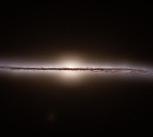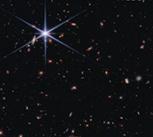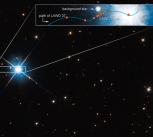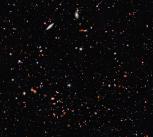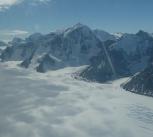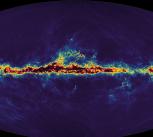Last starlight for ground-breaking Gaia
15 January 2025The European Space Agency’s Milky Way-mapper Gaia has completed the sky-scanning phase of its mission, racking up more than three trillion observations of about two billion stars and other objects over the last decade to revolutionise the view of our home galaxy and cosmic neighbourhood.

